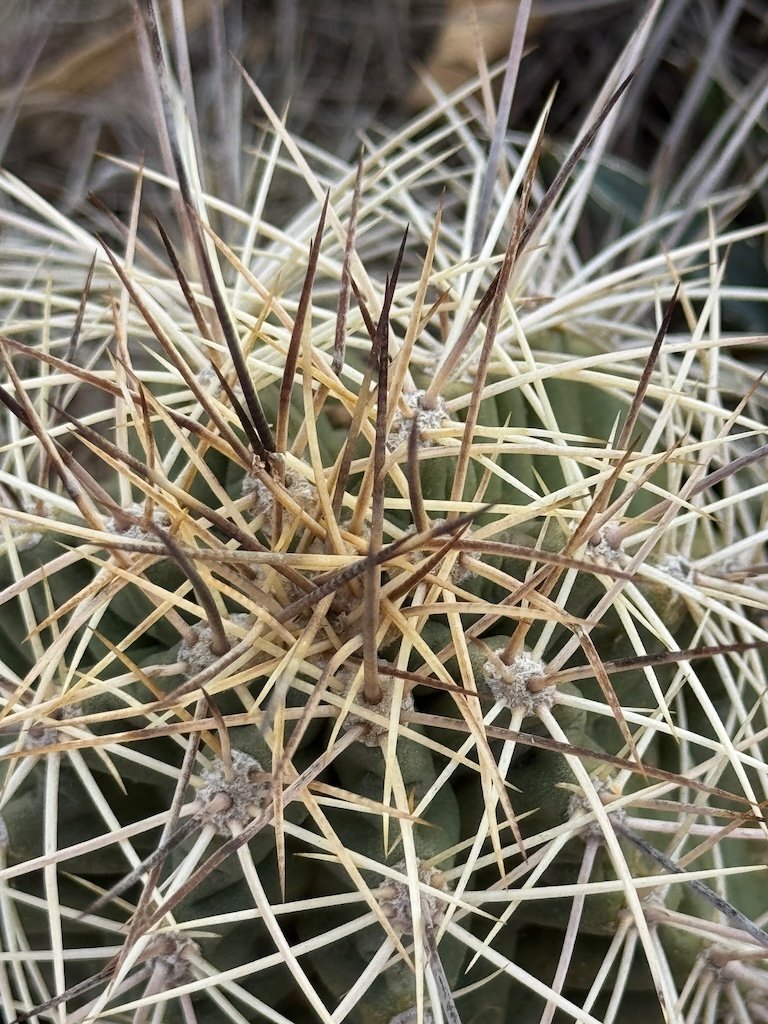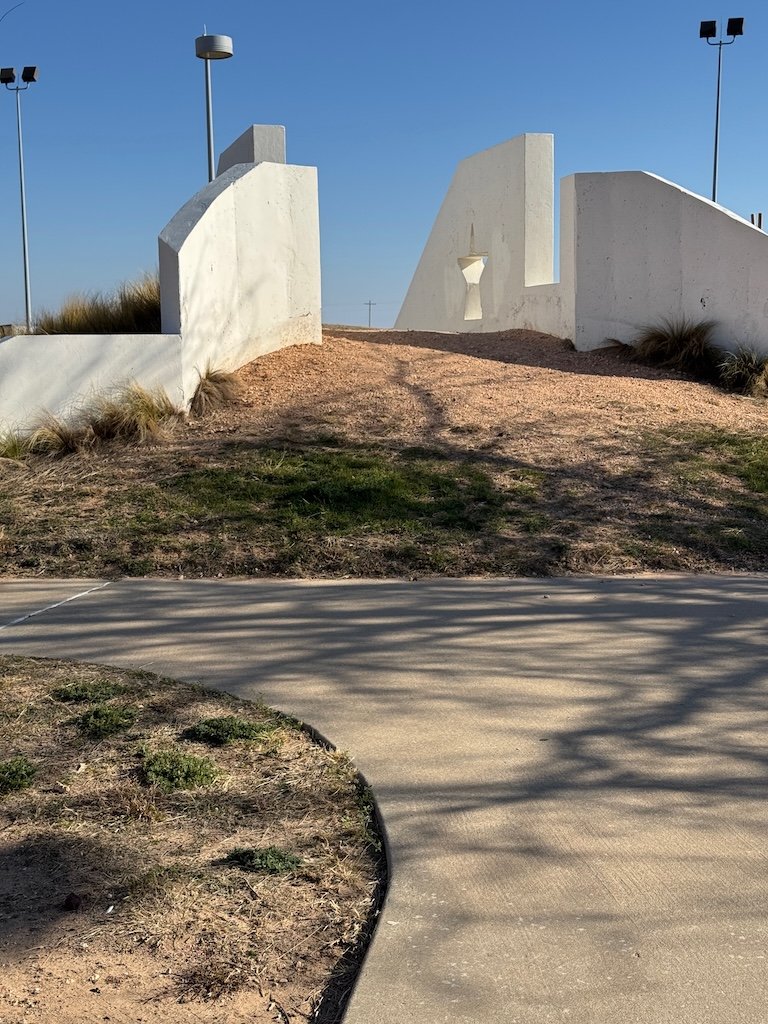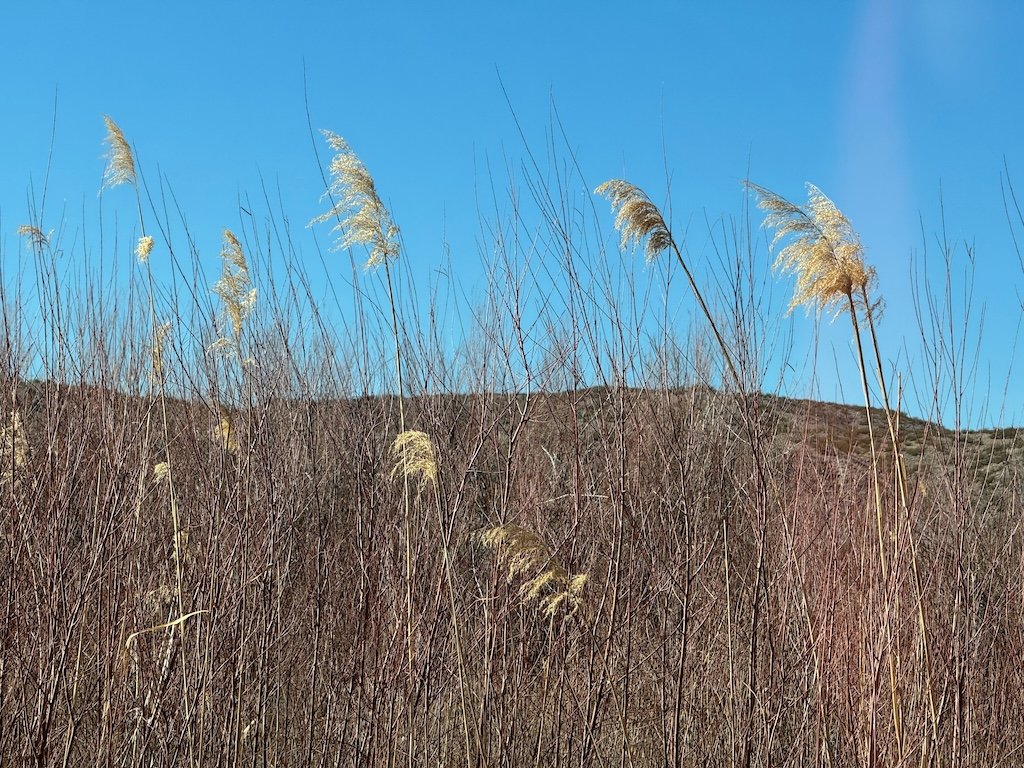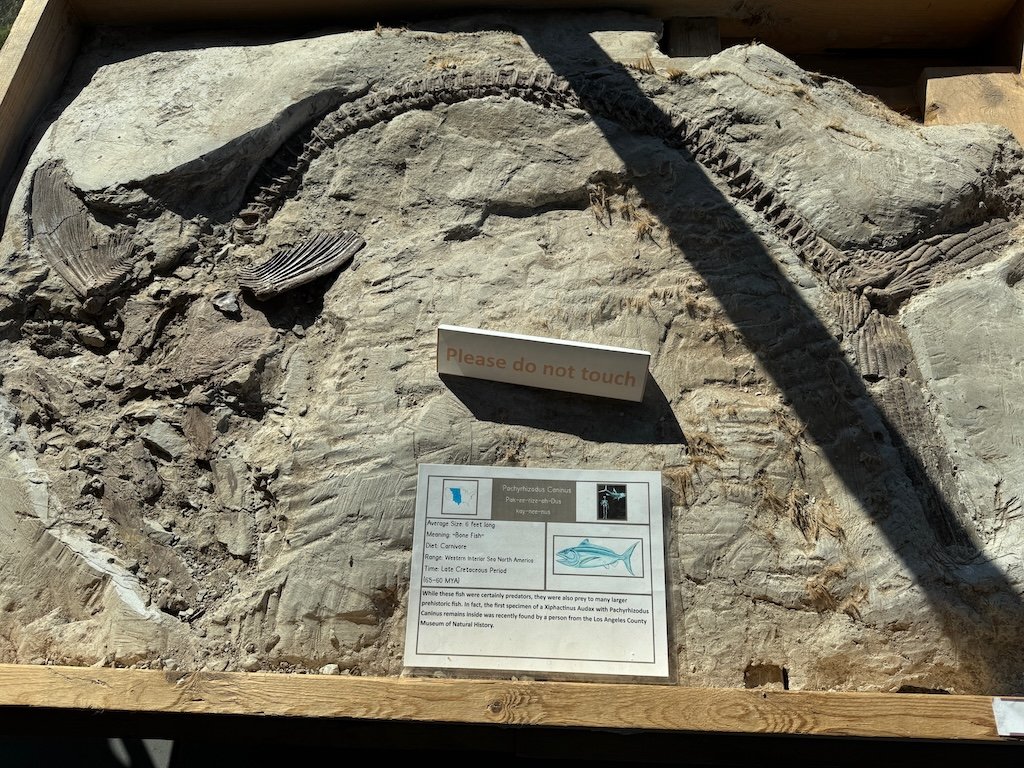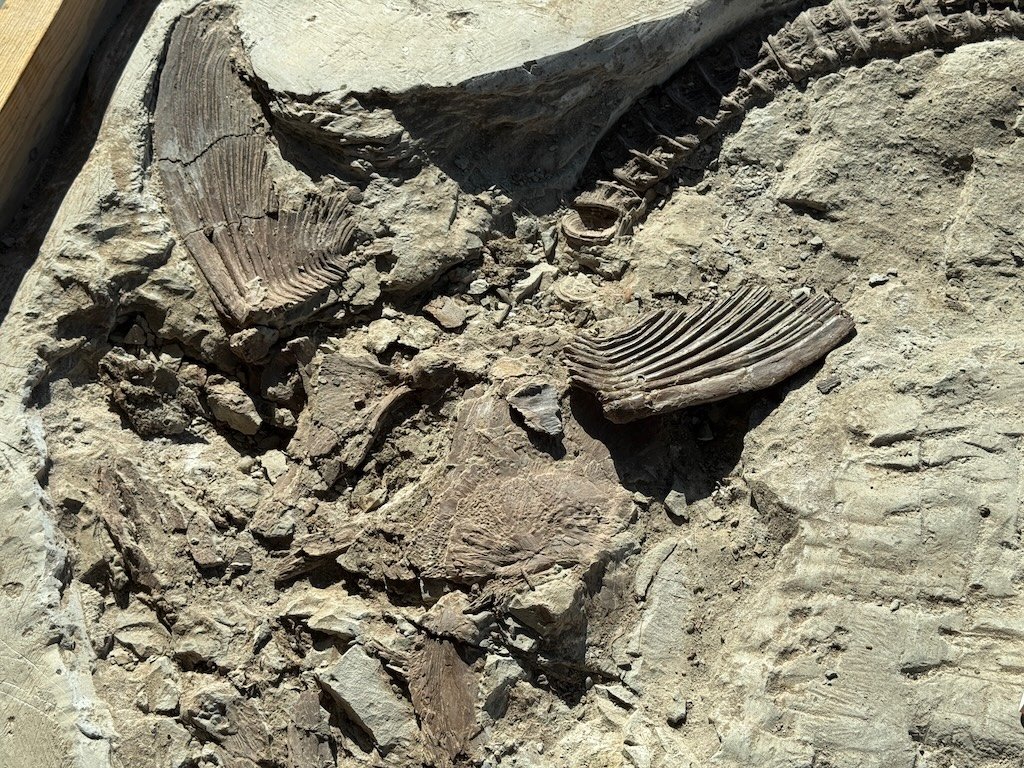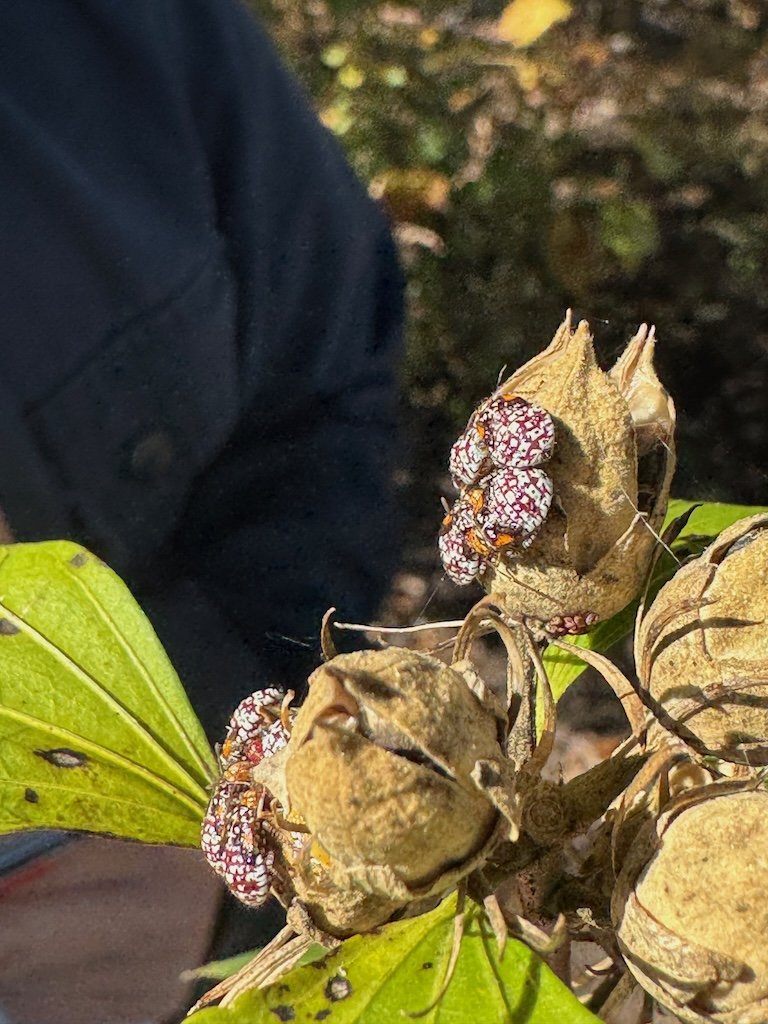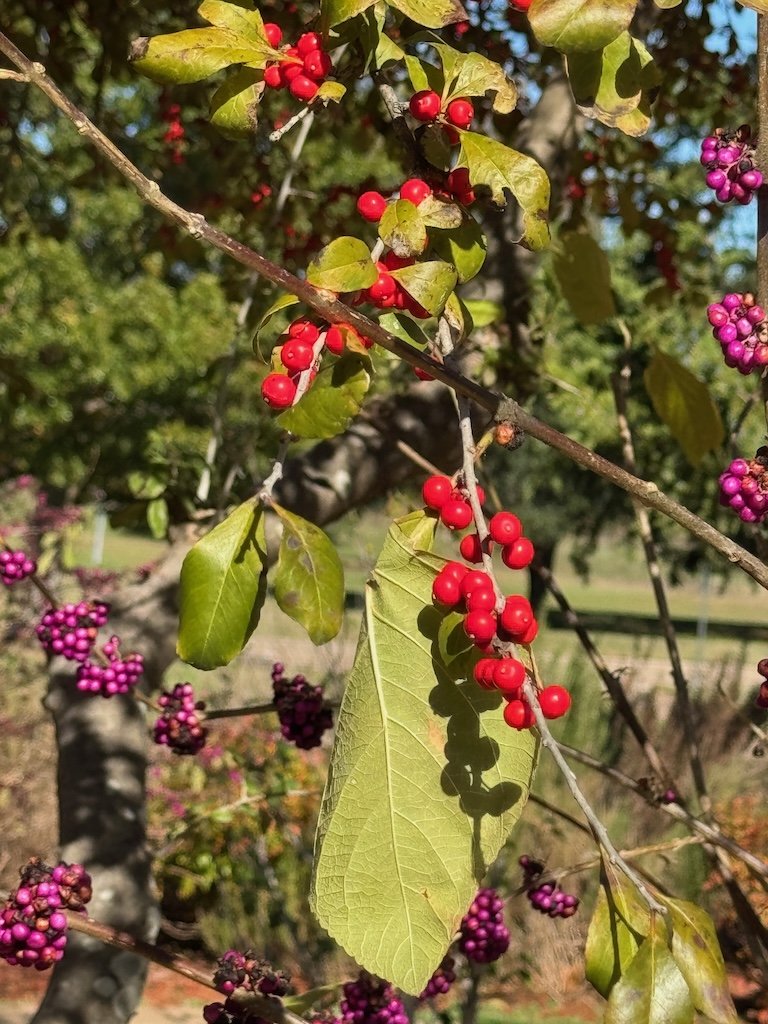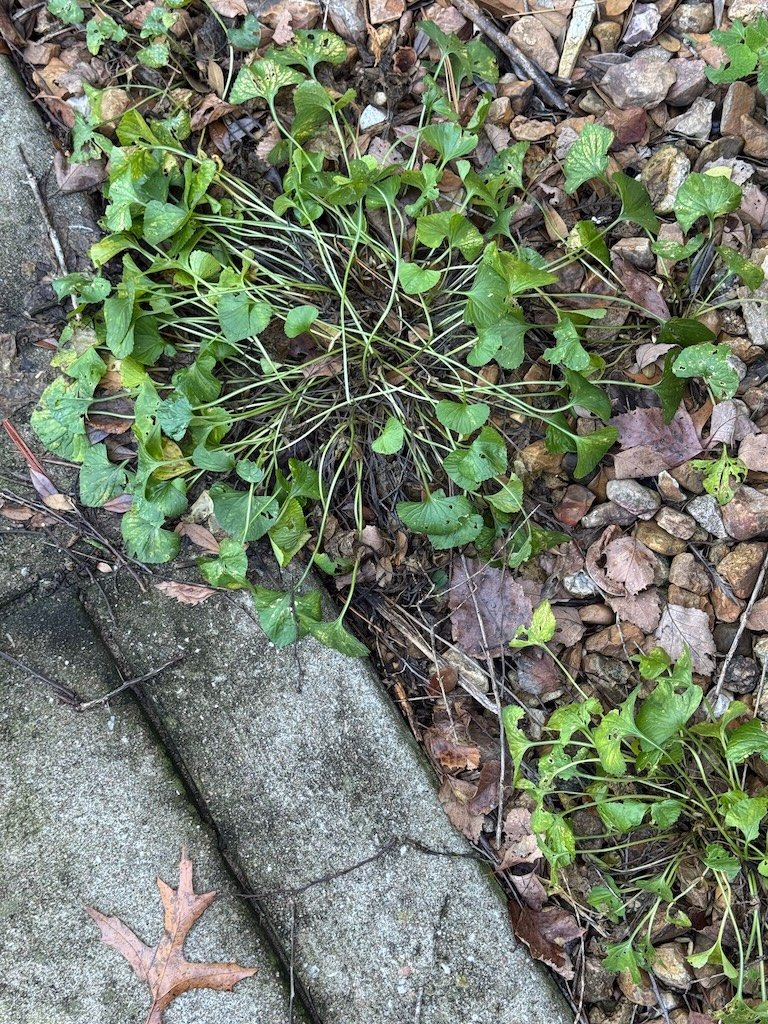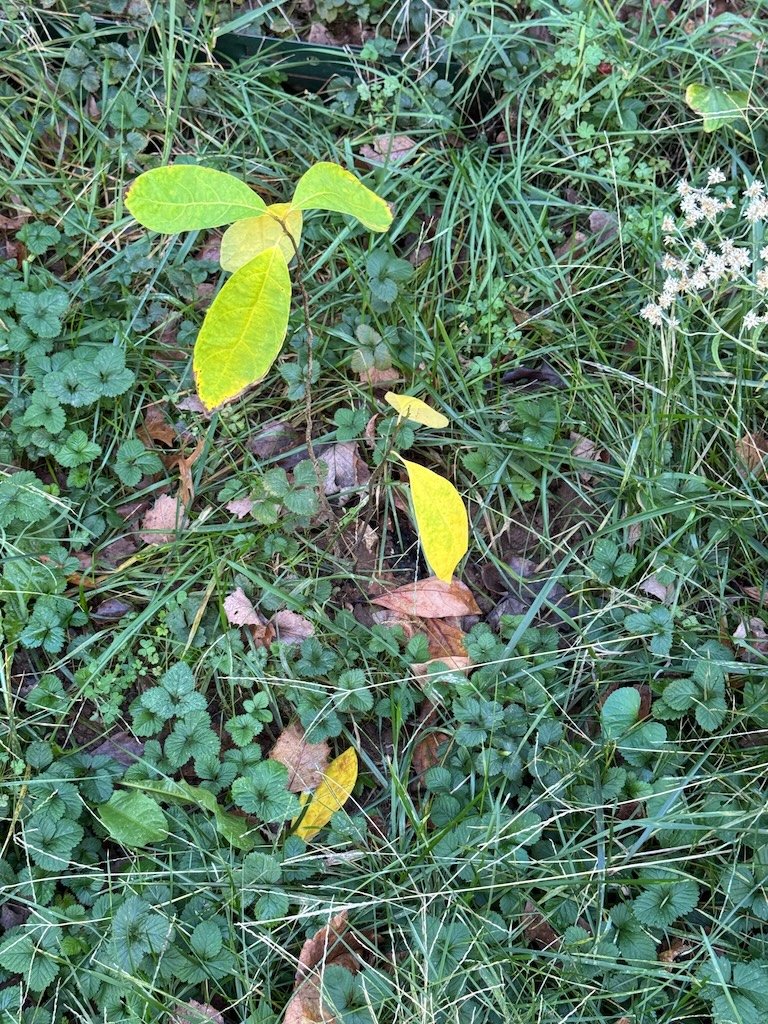Gleanings of the Week Ending December 21, 2024
/The items below were ‘the cream’ of the articles and websites I found this past week. Click on the light green text to look at the article.
6 Things You Should Never Wear on a Flight – Most of the suggestions are good for road trips as well.
What Your Last Name Says About Your History – Interesting…a different perspective on names.
Photos of the Week – December 6, 2024 – Winter sunrise/sunset beauty on the prairie.
German Archaeologists Discovered the Iconic Bust of Nefertiti in an Ancient Egyptian Sculptor’s Studio – One of the most famous of ancient Egyptian artifacts…’ownership’ has been questioned from the beginning.
Lifesaver for wild bees: The importance of quarries – Research done in Germany, but Missouri has considerable limestone…perhaps we should be striving to keep quarries open rather than overgrown with woody plants. Many wild bees in Germany and in Missouri nest in the ground and often need open, sunny areas to do so.
Archaeologists discover key tool that helped early Americans survive the ice age - Tiny artifacts unearthed at a Wyoming site where a mammoth was butchered 13,000 years ago are revealing intriguing details about how the earliest Americans survived the last ice age. Archaeologists found 32 needle fragments made from animal bone buried almost 15 feet (nearly 5 meters). Analyzing the bone collagen of the needles revealed they were created from the bones of red foxes, bobcats, mountain lions, lynx, the now-extinct American cheetah, and hares or rabbits!
Here Are 2024’s Best Northern Lights Photographs - From a purple and green sky in Canada's Banff National Park to an unexpected, fiery orange appearance in Namibia, this year's auroras took us by surprise. While called the Northern Lights Photographer of the Year, there are plenty of Southern Lights represented in this year's collection too.
The Arctic Could Have Its First ‘Ice-Free’ Day by as Early as 2027 - The first summer on record in which practically all the sea ice in the Arctic melts could occur much earlier than previously expected. In a new study, scientists warn that the ever-increasing greenhouse emissions may bring us closer to an ice-free Arctic by the end of the decade.
Water Infrastructure, Disasters, Water Scarcity & Security, Potable Water, & Conflict – A post about what happened to Ashville, NC. Water-related disasters currently make up over 90% of all disasters on Earth, with record-breaking floods and droughts making headlines around the world. Over the past ten years, the number of fatalities from these catastrophes has doubled. Climate change, warming surface water temperatures, and more aggressive hurricanes making their way up to some of the planet’s oldest mountains in North Carolina have all contributed to a growing awareness that rising temperatures have disrupted the entire water infrastructure of the Appalachians.
Meet the Mysterious Woman Who Shaped MoMA – A biographical post about Lillie P. Bliss and the creation of the Museum of Modern Art as an exhibition focused on her opens.





































